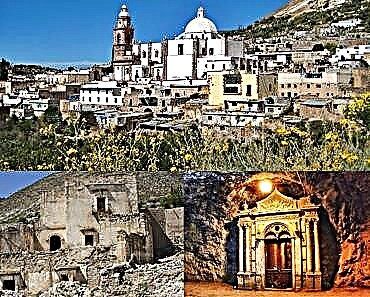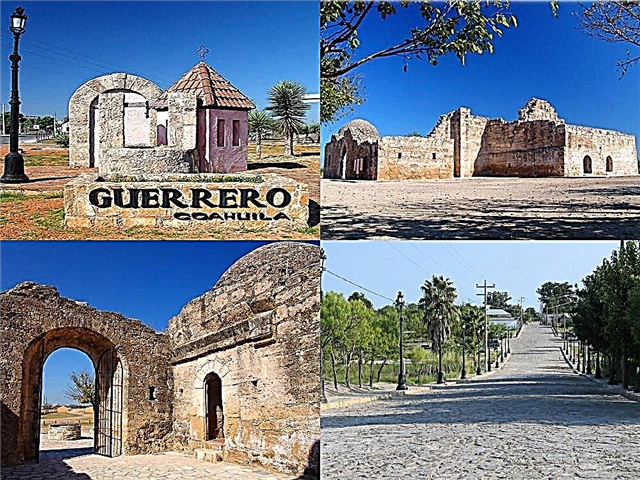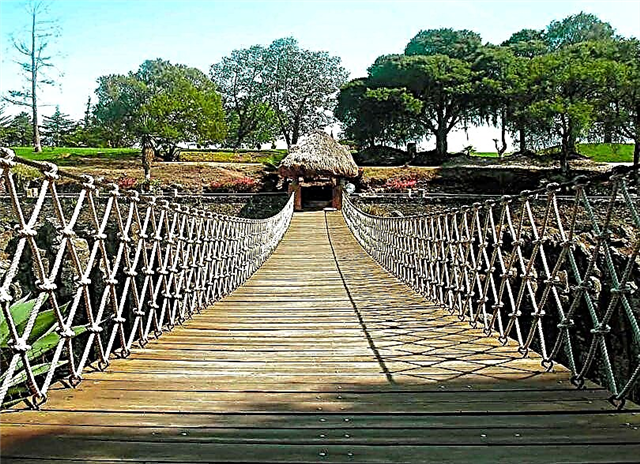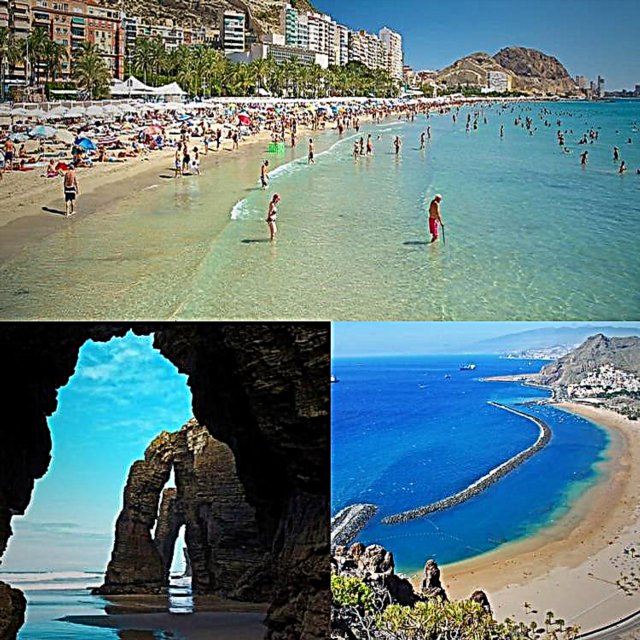
You have surely walked through its narrow, winding and cobbled streets and alleys of Guanajuato, or rested in some of its picturesque and peaceful squares. With all these characteristics and heritage values, it is not surprising that UNESCO has included it on the World Heritage List, on December 9, 1988.
MINING STYLE
Guanajuato or Cuanaxhuato, a Tarascan word that means “hill of frogs”, extends over a winding valley between arid mountains. In the distance, it presents a beautiful setting with numerous houses stacked on the steep topography of the terrain. Its urban layout is spontaneous, thus differentiating itself from other colonial towns in New Spain. Generous silver deposits were found by the Spanish in 1548, and to protect the miners and new settlers of the area, four fortresses were established: Marfil, Tepetapa, Santa Ana and Cerro del Cuarto, which would form around 1557, the nucleus of Santa Fe y Real de Minas de Guanajuato, its original name. The discovery of the Madre de Plata Vein, one of the richest in the world, together with the exploitation of the Cata, Mellado, Tepeyac and Valenciana mines, among others, caused a fever for silver that increased the population of the region. city to 78,000 inhabitants, at the end of the XVI.
UNIVERSAL VALUES
In the 18th century, Guanajuato became the world's leading silver-extracting mining center, as the Potosí mines in Bolivia fell. This fact allowed him to erect a series of extraordinary temples such as that of San Diego and its beautiful façade, the Basilica of Our Lady of Guanajuato, and that of the Company and its remarkable pink quarry stipe facade. The municipal and legislative palaces, the Alhóndiga de Granaditas, as well as the Casa Real de Ensaye, the Hidalgo market and the Juárez Theater are some exemplary examples of its civil architecture. All these monuments are intrinsically linked to the history of the region's industry. In this sense, for the nomination of Guanajuato, not only the remarkable set of baroque and neoclassical buildings, or the urban layout, but also the mining infrastructure and the natural environment of the site were taken into account.
In its evaluation, it responded to Criterion One, established by the World Heritage Committee, which refers to those works that are the product of human creative genius, since it has several of the most beautiful examples of Baroque architecture in the New World. The temples of the Company (1745-1765) and especially that of the Valenciana (1765-1788), are a pair of masterpieces of the Mexican Churrigueresque style. In the field of the history of technology, we can also be proud of one of its mining shafts called Boca del Infierno, for its 12 meters in diameter and an impressive depth of 600 meters.
The same Committee also recognized the influence of Guanajuato in most of the mining towns of northern Mexico, throughout the viceroyalty, which places it in a prominent place in the world history of the industry. It is also appreciated as an outstanding urban-architectural complex, which incorporates economic and industrial aspects, a product of its mining activity. Thus, the baroque buildings are directly linked to the bonanza of the mines, the temple of the Valenciana, and the Casa Rul were financed by the more prosperous mines. Even the most modest profits from the Cata and Mellado mines also collaborated in the construction of temples, palaces or houses located near the deposits or in the city.
Finally, it was highlighted that this colonial city is directly and tangibly associated with the world history of the economy, particularly that corresponding to the 18th century. This significant achievement logically increases our pride, and allows us to value her more, by seeing her from a different perspective.











